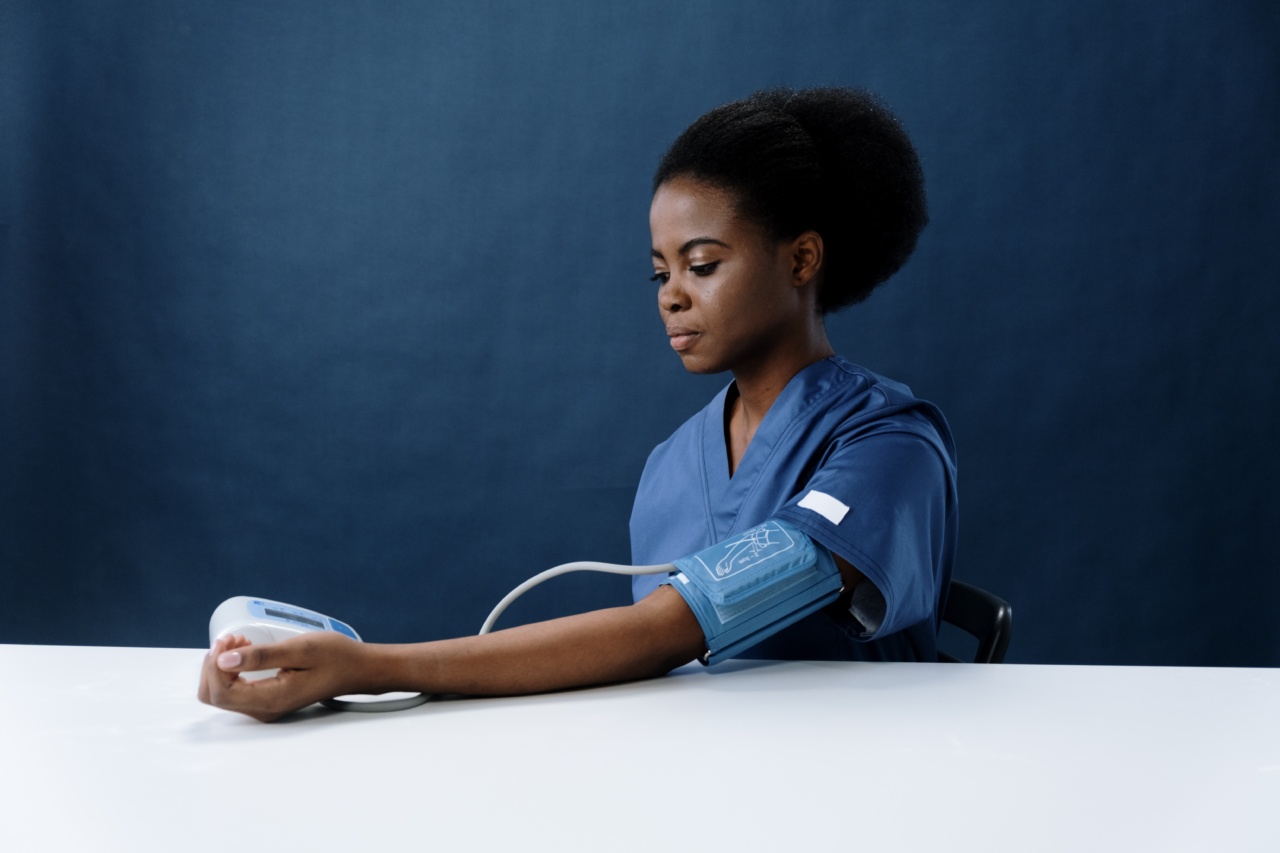Dementia is a chronic neurodegenerative disorder that affects millions of people worldwide. It is a progressive disease that leads to a decline in cognitive ability, memory loss, and even behavioral changes.
Dementia is a major concern for the aging population, and the number of people diagnosed with the disease is expected to increase in the coming years. While there is no cure for dementia, there are several ways to prevent it. One of the ways is by monitoring systolic pressure. In this article, we will discuss the importance of monitoring systolic pressure in dementia prevention.
Systolic pressure is the pressure that is exerted on the walls of the arteries when the heart contracts and pumps blood into the bloodstream. It is the higher number in the blood pressure reading, and it is measured in millimeters of mercury (mmHg).
A healthy systolic blood pressure reading is considered to be around 120 mmHg.
What is dementia?
Dementia is a chronic neurological disorder that affects the ability to think, reason, and remember. It is a progressive disease that worsens over time, and it is one of the leading causes of disability and dependency among the elderly.
Dementia is caused by damage to brain cells, which affects the communication between nerve cells and eventually causes them to die. There are several types of dementia, including Alzheimer’s disease, vascular dementia, and mixed dementia.
How is systolic pressure related to dementia?
Research has shown that high blood pressure, particularly systolic pressure, is a risk factor for dementia.
A study published in the Journal of the American Medical Association found that individuals with high systolic pressure are more likely to develop dementia, including Alzheimer’s disease. The study also found that treating high blood pressure can lower the risk of developing dementia.
The exact mechanism by which high systolic pressure increases the risk of dementia is not fully understood.
However, it is believed that high blood pressure damages the small blood vessels in the brain, which can lead to reduced blood flow, oxygenation, and nutrient delivery to the brain. This, in turn, can lead to brain atrophy, cognitive decline, and dementia.
How to monitor systolic pressure?
Monitoring systolic pressure is relatively easy and can be done with a blood pressure cuff and a stethoscope or an electronic blood pressure monitor.
It is recommended to have blood pressure checked at least once every two years for adults over the age of 18. If you have high blood pressure or other risk factors for dementia, such as family history, it may be necessary to check your blood pressure more frequently.
Other ways to prevent dementia
While monitoring systolic pressure is an important aspect of dementia prevention, there are other ways to reduce the risk of developing the disease. These include:.
- Staying physically active
- Eating a healthy diet
- Engaging in mental exercises, such as reading, playing games, or learning a new skill
- Managing stress
- Maintaining a healthy weight
- Avoiding smoking and excessive alcohol consumption
Conclusion
Dementia is a devastating disease that affects millions of people worldwide. While there is no cure for the disease, there are several ways to prevent it. One of the most important ways to prevent dementia is by monitoring systolic blood pressure.
High blood pressure, particularly systolic pressure, has been linked to an increased risk of developing dementia, so it is important to keep blood pressure under control. Additionally, leading a healthy lifestyle, engaging in mental exercises, and managing stress are all effective ways to reduce the risk of developing dementia.




























